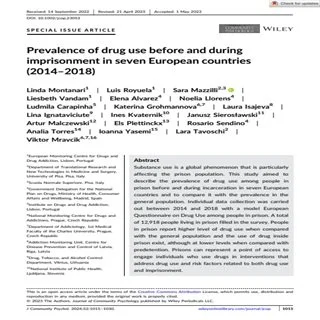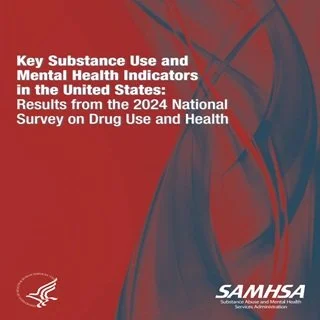By Linda Montanari, Luis Royuela, Sara Mazzilli, Liesbeth Vandam, Elena Alvarez, Noelia Llorens, Ludmila Carapinha, Katerina Grohmannova, Laura Isajeva, Lina Ignataviciute
Substance use is a global phenomenon that is particularly affecting the prison population. This study aimed to describe the prevalence of drug use among people in prison before and during incarceration in seven European countries and to compare it with the prevalence in the general population. Individual data collection was carried out between 2014 and 2018 with a model European Questionnaire on Drug Use among people in prison. A total of 12,918 people living in prison filled in the survey. People in prison report higher level of drug use when compared with the general population and the use of drug inside prison exist, although at lower levels when compared with predetention. Prisons can represent a point of access to engage individuals who use drugs in interventions that address drug use and risk factors related to both drug use and imprisonment.
Journal of Community Psychology Volume 52, Issue 8: Special Issue: Drug Use and Associated Harms Among People in Contact with the Criminal Justice SystemsNov 2024. Pages, 971-1220












